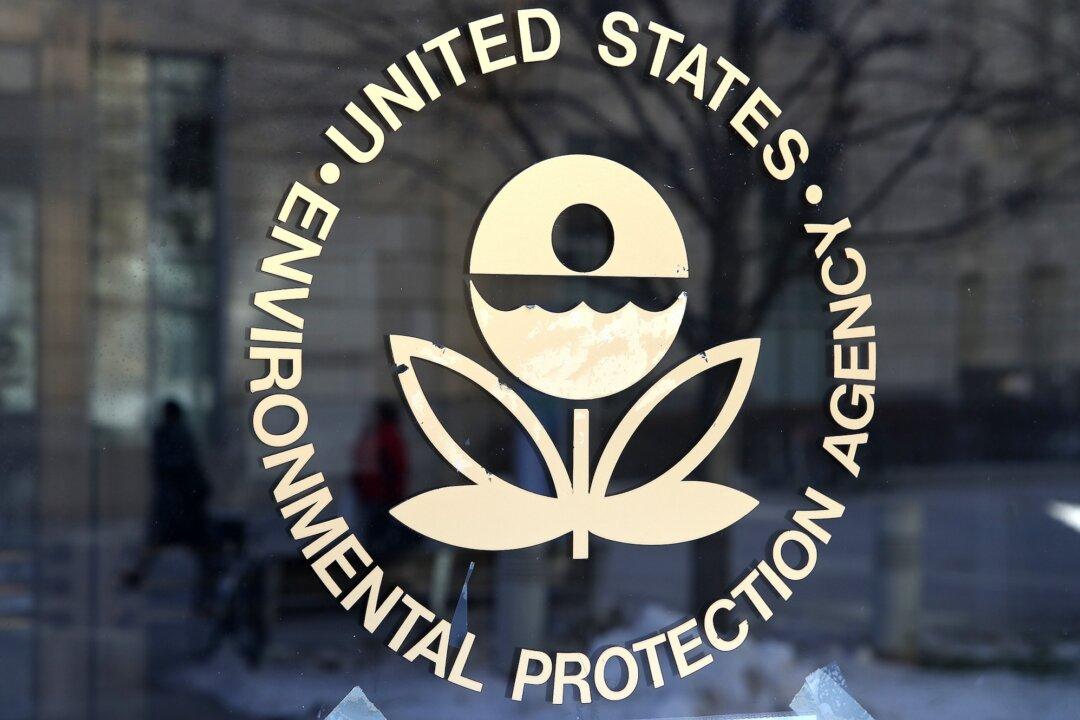The Biden administration’s $11 billion Fiscal Year 2025 (FY25) budget request for the U.S. Environmental Protection Agency (EPA) complies with last July’s Fiscal Responsibility Act (FRA) in trimming $1 billion from its annual spending plan, yet somehow still calls for hiring 2,023 new employees.
“I am astounded by this proposed increase” in the agency’s workforce even under FRA spending caps, said Rep. Mike Simpson (R-Idaho), chair of the House Appropriations Committee’s Interior, Environment and Related Agencies Subcommittee during a 90-minute April 30 review of EPA’s proposed FY25 budget.





